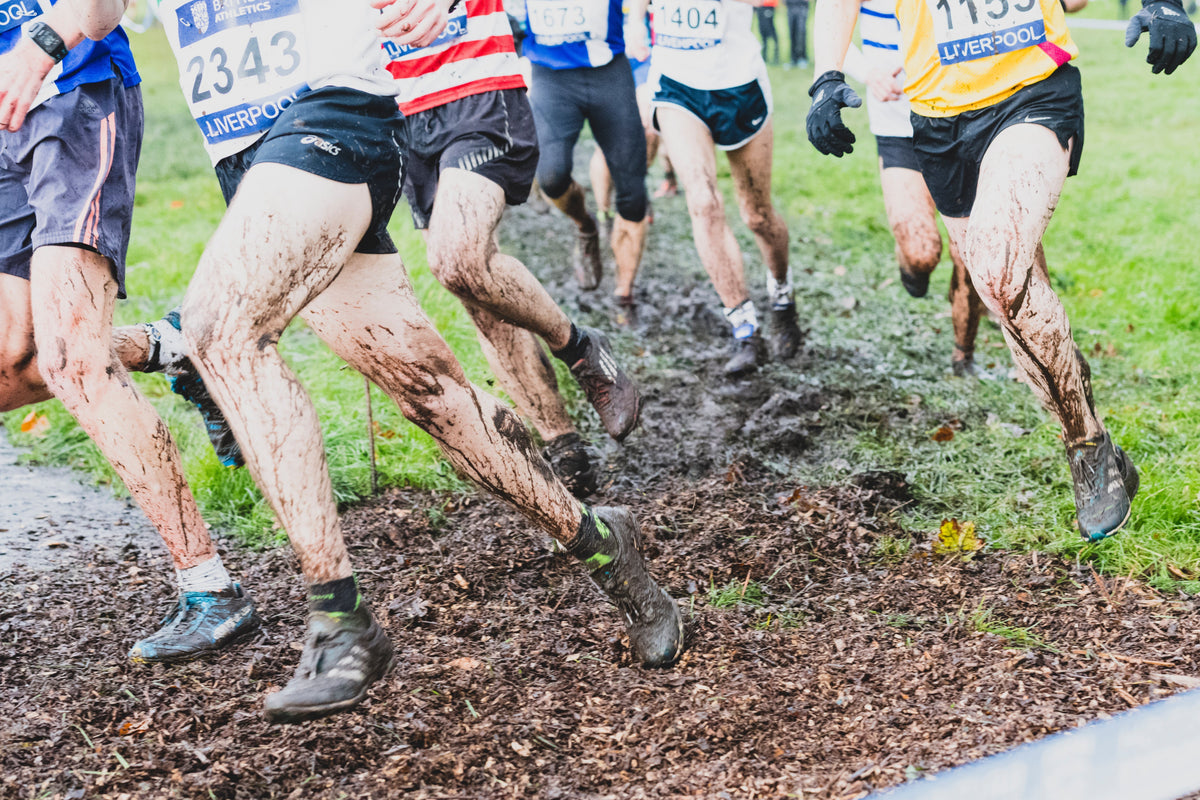
XC Spikes v Trail Shoes in 2024
|
|
Time to read 2 min
|
|
Time to read 2 min
It's the oldest question in cross country running, or at least since the first trail shoe was invented. Are trail shoes are a good alternative to spikes for racing. Each have their place:
The only choice for championship racers - look at the top 20% of any field at the English National Championships and you'll struggle to find many trail shoes. Spikes are the traditionalists choice and have maintained their place at the top of the tree for a reason.
Most 'major league' courses (top divisions at Surrey, Met, Birmingham, for example) suit spike wearers, although some Sunday morning leagues or lower divisions of Saturday leagues can have rougher courses with stretches of stones, tarmac or fire road, where trail shoes are better suited.
Long spikes grip the mud better than any trail shoe, if mud clearance is a concern try using 4 pins instead of 6, leaving the middle holes empty. Asics & Puma's current xc spike has space for 5 pins, which works well.
Pros
Cons
A relatively recent option, the first shoe developed for off-road/track running was likely to have come into being as late as the 1970s when the Walsh 'pyramid grip outsole' came into being, aimed at fell runners.
If your aim is to finish rather than win, trail shoes are a perfectly valid choice, but weight and grip performance will be less than in spikes, as the lightest trail shoes are the best part of 200g, and rarely have grips deeper than 6mm (compared to 15mm or 18mm spikes).
More than a few times when coming back from injury and not fully race fit, I've raced in trail shoes to protect an Achilles or calf problem. It was finishing in one piece which mattered more than each place gained, so racing performance could be sacrificed.
Pros
Cons
Spikes are without question better for serious racing, but trail shoes are a good alternative when your goals aren't solely "performance" based.


